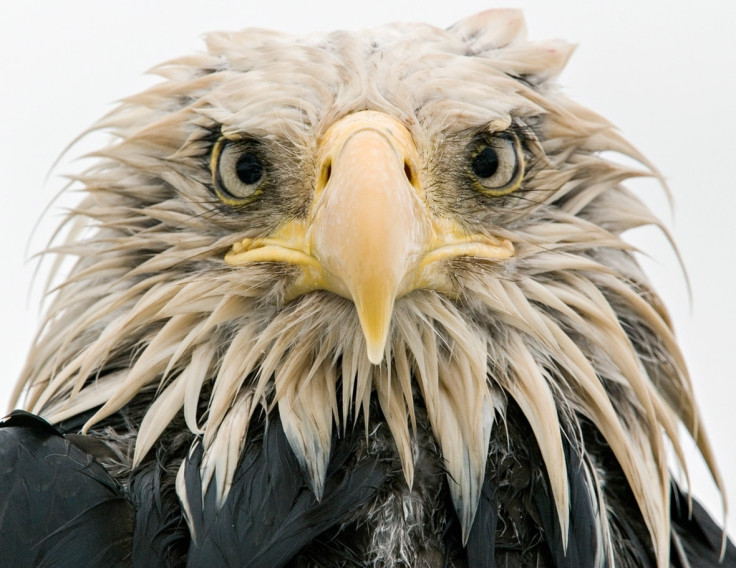US firm fined $8m after 150 eagles die at its wind farms
Most of these birds died after getting struck by the blades of wind turbines.
A US-based wind energy firm called ESI Energy, has been slapped with an $8m fine after at least 150 eagles died at its wind farms across eight states over the last 10 years. The company has also been given five years of probation.
ESI Energy, a subsidiary of NextEra Energy, has pleaded guilty to three counts of violating the Migratory Bird Treaty Act. The company acknowledged the deaths of golden and bald eagles since 2012 at its farms in Wyoming, California, New Mexico, North Dakota, Colorado, Michigan, Arizona and Illinois.
Prosecutors said that the actual number of birds killed at these farms was likely higher than 150 as the carcasses are usually not found. Almost all of these birds were killed after being hit by the blades of wind turbines.
ESI and other NextEra affiliates received hundreds of millions of dollars in federal tax credits, but failed to take steps to protect the birds, added the prosecutors. They further stated that the company's failure to obtain a permit to kill them had given it advantage over its rivals who did get the permit.
The company, however, has refuted the aforementioned claim stating that it believes the law didn't require them to get a permit for unintentional bird deaths.
"We disagree with the government's underlying enforcement policy, which under most circumstances makes building and operating a wind farm into which certain birds may accidentally fly a violation of the Migratory Bird Treaty Act (MBTA)," said NextEra President Rebecca Kujawa.
"The reality is building any structure, driving any vehicle, or flying any airplane carries with it a possibility that accidental eagle and other bird collisions may occur as a result of that activity," added Kujawa.
According to court documents, most of the eagles killed at wind farms owned and operated by NextEra were golden eagles. ESI has now agreed to spend $27m over the next five years to prevent future eagle deaths, wrote The Independent.
There are an estimated 31,8000 golden eagles in the Western US states, while the bald eagle has a population of more than 300,000. The federally protected bald eagle is featured on currency and in the presidential seal, and was adopted as the national US bird symbol in 1782.
The bird almost disappeared from the United States decades ago, but habitat protection and the banning of the pesticide DDT led to its recovery. The bird was removed from the federal endangered species list in 2007.

© Copyright IBTimes 2025. All rights reserved.






















